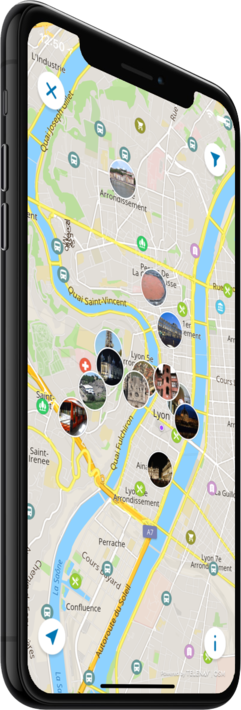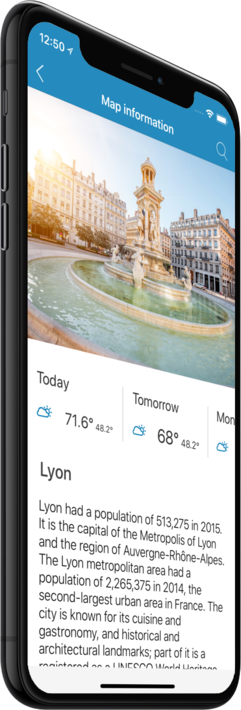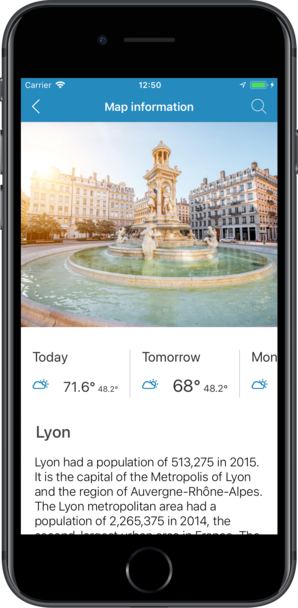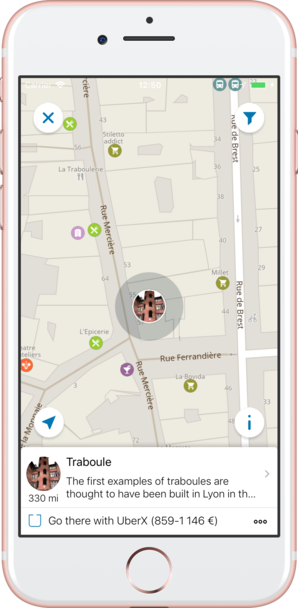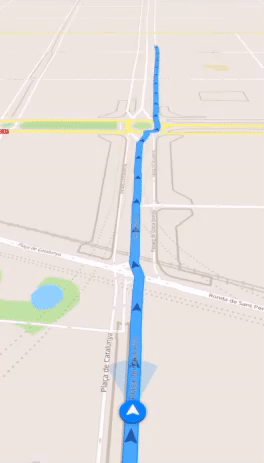Features
Turn your trip into an exciting and unforgettable experience
with the Lyon offline mobile map!
TOP DESTINATIONS
Our offline map offers you information about 29 top destinations, featuring high-quality descriptions, photos, and reviews written by real travelers.
HIGH-QUALITY CONTENT
Every location we feature comes with a description, a photo, and reviews written by real people.
SAVE ON MOBILE DATA!
All of the app’s features work offline! Simply download our completely autonomous map before your trip, and save mobile traffic!
FIND TOP DESTINATIONS NEARBY!
In addition to our featured locations, you will find tens of thousands of other useful places in our guide (hotels, restaurants, teller machines, public transport stops, points of interest, etc.)
OFFLINE NAVIGATION
Plan the best driving, walking, or biking route offline! Save your locations, so you can always easily find your way back and never get lost.
WEATHER FORECAST AND CURRENCY CONVERSION!
Latest weather forecast and a handy conversion rate calculator for 200+ different currencies!
Top places of interest
Here is a list of just a few of the places of interest that you can find on our offline map.
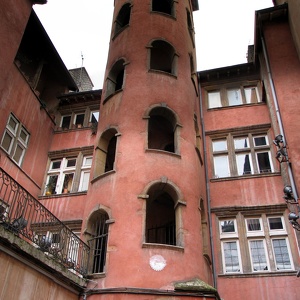
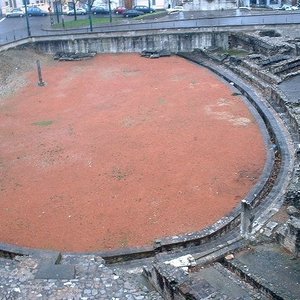
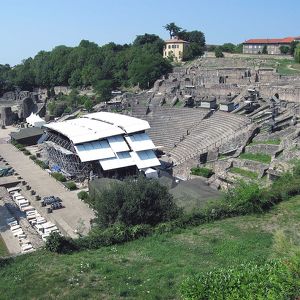
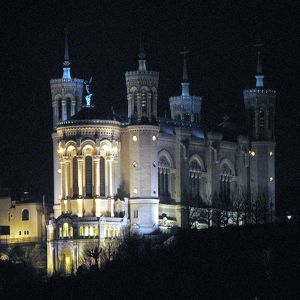
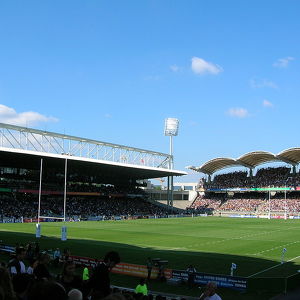
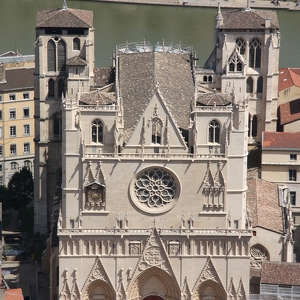
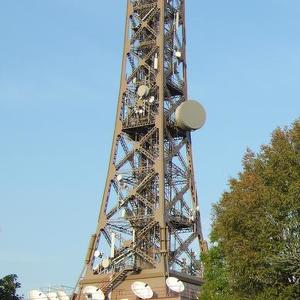
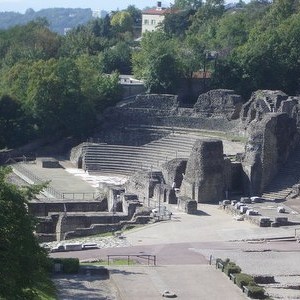
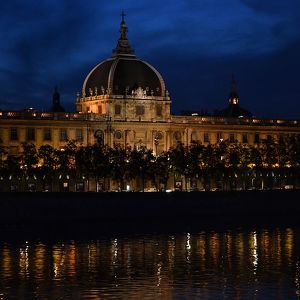
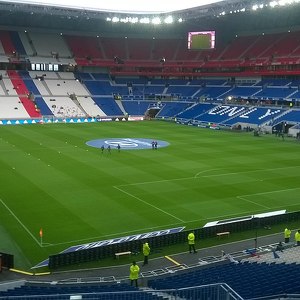
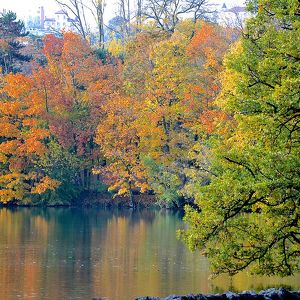
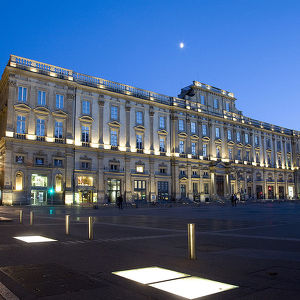
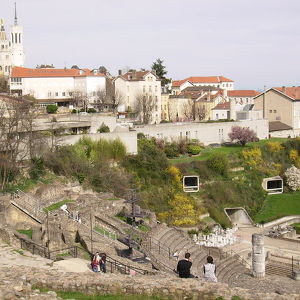
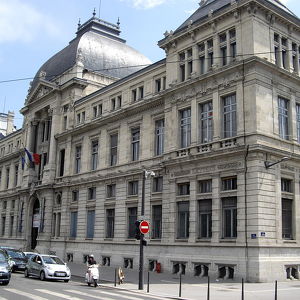
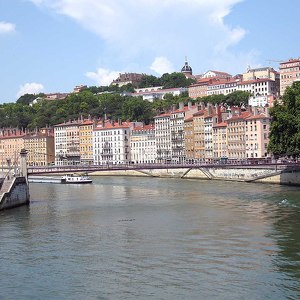
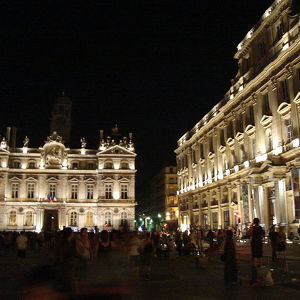
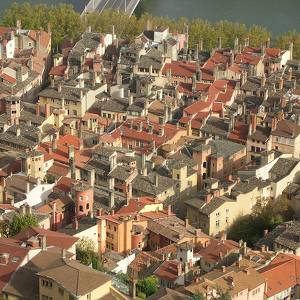
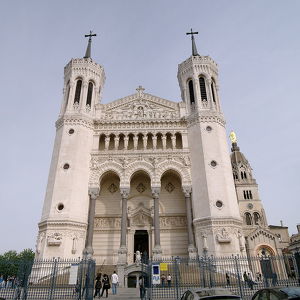
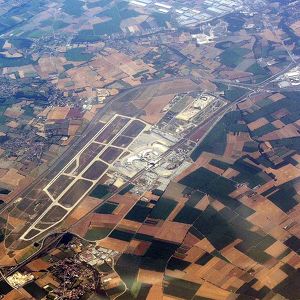
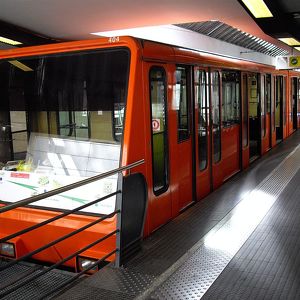
Traboule
The first examples of traboules are thought to have been built in Lyon in the 4th century. Lacking water, the inhabitants moved to the banks of the Saône (in the 'lower town', at the foot of the Fourvière hill). The traboules thus allowed them to get f...
Amphitheatre of the Three Gauls
The Amphitheatre of the Three Gauls (French: Amphithéâtre des Trois Gaules) of Lugdunum (Lyon) was part of the federal sanctuary of the three Gauls dedicated to the cult of Rome and Augustus celebrated by the 60 Gallic tribes when they gathered at Lugd...
Ancient Theatre of Fourvière
The theatre was built in two steps: around 15 BC, a theatre with a 90 m diameter was built next to the hill. At the beginning of the 2nd century, the final construction added a last place for the audience. The diameter is 108 m, and there were seats fo...
Basilica of Notre-Dame de Fourvière
Fourvière is dedicated to the Virgin Mary, to whom is attributed the salvation of the city of Lyon from the bubonic plague, the Black Death, that swept Europe in 1643. Each year in early December (December 8, day of the Immaculate Conception), Lyon tha...
Stade de Gerland
The Stade de Gerland (known for sponsorship reasons as Matmut Stadium de Gerland and otherwise known as Municipal de Gerland or Stade Gerland [stad ʒɛʁlɑ̃]) is a stadium, in the city of Lyon, France home to Top 14 rugby club Lyon OU. It has a seating c...
Lyon Cathedral
The cathedral was founded by Saint Pothinus and Saint Irenaeus, the first two bishops of Lyon. The cathedral is also known as a "Primatiale" because in 1079 the Pope granted to the archbishop of Lyon the title of Primate of All the Gauls with the legal...
Metallic tower of Fourvière
The Tour métallique de Fourvière ("Metallic tower of Fourvière"), a landmark of Lyon, France, is a steel framework tower which bears a striking resemblance to the Eiffel Tower, which predates it by three years. With a height of 85.9 metres and weight o...
Odeon of Lyon
The ruins were still visible in the sixteenth century and was wrongly considered at the time as the amphitheater where the persecution in Lyon took place in 177. Sometimes regarded as a theater or auditorium by various authors (Claude Bellièvre, Gabrie...
Hôtel-Dieu de Lyon
In 1532, 'Hôtel-Dieu' appointed former Franciscan/Benedictine monk-turned-doctor and great Humanist François Rabelais, who would write his Gargantua and Pantagruel during his tenure here. Renaissance poet Louise Labé lived just beyond the western limit...
Parc Olympique Lyonnais
Parc Olympique Lyonnais, known for sponsorship reasons as Groupama Stadium and in some competitions as Stade de Lyon or Grand Stade de Lyon, is a 59,186-seat stadium in Décines-Charpieu, in the Lyon Metropolis. The home of French football club Olympiqu...
Parc de la Tête d'or
Parc de la Tête d'or ("Park of the Golden Head"), in Lyon, is a large urban park in France with an area of approximately 117 hectares (290 acres). Located in the 6th arrondissement, it features a lake on which boating takes place during the summer mont...
Museum of Fine Arts of Lyon
Until 1792, the buildings belonged to the royal abbaye des Dames de Saint-Pierre, built in the 17th century. The abbess always came from the high French nobility and here received the personalities of the kingdom. The institution had a particularly ari...
Gallo-Roman Museum of Lyon-Fourvière
The Gallo-Roman Museum of Lyon-Fourvière (French: Musée gallo-romain de Lyon-Fourvière) is a museum on the Gallo-Roman civilisation in Lyon (Roman Lugdunum), previously located in the heart of the Roman city and now sited near the city's Roman theatre ...
Jean Moulin University Lyon 3
University Lyon 3 was established in the early 1970s (July 26, 1973), a division of teachers following the events of May 68 that rocked the academic world. There are also departments of geography-planning, the engineer of the countryside in Annecy and ...
La Croix-Rousse
The appearance of the neighborhood is heavily influenced by the central role that Lyon played in silk industry. The vast majority of buildings in the area feature large vaulted ceilings with exposed wooden rafters. The larger internal height available ...
Presqu'île
This district was an important counterpoint to the "Vieux Lyon" ("Old Lyon") in the Middle Ages and the Renaissance. Many picturesque streets still exist. Among these is the rue Mercière, where printers and booksellers gravitated in the 15th and 16th c...
Vieux Lyon
The Saint Jean quarter: in the Middle Ages, this was the focus of political and religious power. The Cathedral of St Jean, seat of the Primate of Gaul, a title still conferred upon the archbishop of Lyon, is a good example of Gothic architecture. The M...
Fourvière
Also on the Fourvière hill is La Tour Métallique which was privately built by the owners of the land to rival the Eiffel Tower in Paris. It forms the highest point in Lyon and is in fact higher than the Eiffel Tower at its summit, due to it being on a ...
Lyon–Saint-Exupéry Airport
The airport was inaugurated by President Valéry Giscard d'Estaing on 12 April 1975 and opened to passengers a week later. It was designed to replace the old Lyon–Bron Airport, which is now only used for general aviation. In 1994 the LGV Rhône-Alpes ...
Funiculars of Lyon
No fewer than five funicular lines, nicknamed ficelles ("threads") were built. The first line opened in 1862 and linked Rue Terme and Boulevard de la Croix-Rousse. The funicular was closed and converted to a road tunnel in 1968. The second line ope...
Counter

29
TOP DESTINATIONS

732
PLACES OF INTEREST

1514
HOTELS

2652
CAFES AND RESTAURANTS
Contact us
You can get in touch with us by filling out this form
 |
 |
 |

